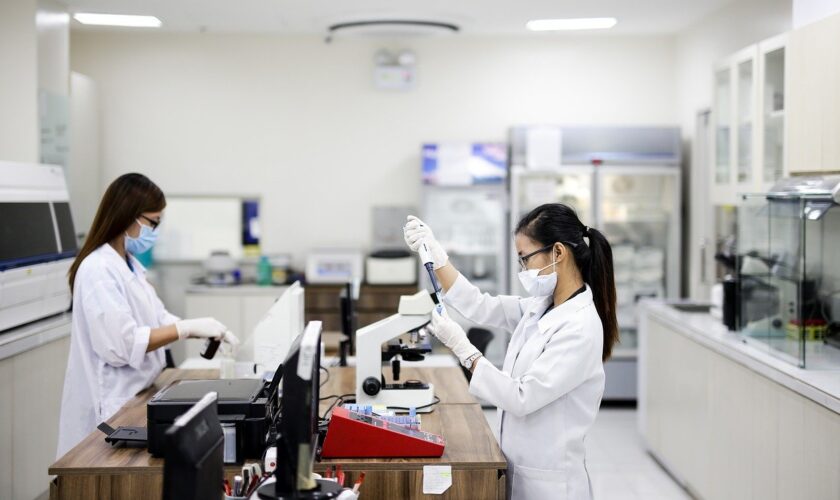While scientists have not yet completely understood how CBD affects the body, they have found that CBD can inhibit the effects of a wide range of medications, including most types of opiate-based pain medications. The reason for this is that CBD prevents the actions of certain opiates, or neurotransmitters, from being inhibited by the brain’s receptors. This allows the receptors to pass the message that the opiate is no longer needed. For example, a patient would experience increased alertness, relaxation, and pain relief when CBD is taken into the body, rather than when the opiate is smoked or injected into the body.
While the above is an extreme example of how CBD works in the body, the principle is essentially the same. When CBD is present in a certain substance, it will prevent other substances from binding with it. Those other substances are then passed through the liver and do not have the ability to affect the user in any way. In some ways, CBD acts as a type of “leverage” for various kinds of drugs. It can prevent certain chemicals from having any noticeable effect on the body, and then it can be stored in the liver for later use.
It is important to realize that the above example is only one scenario in which CBD may interact with different medications. One other scenario is where CBD interacts with other compounds. For instance, there are several different anti-anxiety medications that interact with CBD. This shows us that CBD may either prevent the interaction or completely stop it.
Another scenario in which CBD can interact with different drugs is when a doctor prescribes two different kinds of medication. In many cases, the two different drugs must be taken separately in order for them to interact properly. However, if CBD is present in the second medication, it can prevent the two drugs from being combined and thus prevent some serious side effects.
Of course, we are only beginning to understand how this particular compound can be used effectively to treat diseases like Alzheimer’s and Parkinson’s. There are other potential side effects that CBD may cause, however. For instance, CBD has been shown to be extremely harmful if consumed in its pure form. When CBD is included in a topical ointment or cream, it may interact with the drug and cause severe skin and throat irritation. If this occurs, the patient could develop an adverse reaction that is life threatening. In some rare cases, CBD has also been found to trigger the pancreas into secretion of excessive insulin.
As you can see, it is important to consult your doctor before taking CBD. When in doubt, always consult your doctor before taking anything new, including CBD drug interactions. Your doctor will be able to determine whether or not your body is able to handle CBD and any potential interactions that might occur. Make sure to read all of the information on the label of your products carefully and follow directions carefully. This will help you to protect yourself and your health.
This post was written by Flo Sugyatno, operations manager of PureMed and CBD Expert. At PureMed we are the best providers of CBD oil in Washington DC! We know that the best product comes from the best ingredients. That’s why we only use local, non-GMO ingredients that are grown without pesticides! We Produce Worry-Free CBD.





